Bird's Nest what??
Amidst all the raving of a wonderful new dining spot I discovered with my family, I realize that I glossed over some important facts surrounding the namesake of Lali's Birdnest cafe. What exactly is Bird's Nest Soup? Do you actually eat it? (yes) Where does it come from and why is it a thing? Should I care? Well..
To find out, let's dive in..
In many countries around the world, there are traditional habits or customs that may seem perverse to those who don't participate, especially when it comes to exotic animals and culinary preferences.
While most of these fall under the 'gross but harmless' variety, in some places some animals are literally being eaten into extinction.
So what about Bird's nest soup? What is it and where does it fall on the spectrum of gross-but-harmless to cruel & illegal?
Edible bird's nests are made by a particular species of Swiftlet, also known as Sea Swallow. They reside primarily in caves of limestone karsts found around the seas of Southeast Asia.
Due to the bird's diminutive size, and the general lack of twigs, etc. found in the caves, the Sea Swallow has evolved to build it's nests using it's own saliva! The male hacks up the sticky substance and fashions a nest stuck high up inside the interior of the caves. When the saliva dries, it is firm enough to house the little birds and their eggs.
Apparently, around mid-late 18th century, a Chinese man named Hao Yieng, living in Thailand (Siam, at the time) discovered the dried nests were soluble in water and promptly started harvesting them and touting their health benefits.
He quickly amassed a fortune selling the nests. Eventually, it reached the upper echelons of Chinese society and has remained popular ever since.
The market today is actually bigger than ever with a large middle class emerging in China, many of whom are eager to appear bourgeois. In many corners of Chinese society, consuming bird's nests is a sign of status.
On top of that, it is glorified for it's miraculous range of health benefits:



1 2 3
The bird's nest market is a HUGE market and one kilogram of the stuff will set you back anywhere from $2500 to $10000 US!
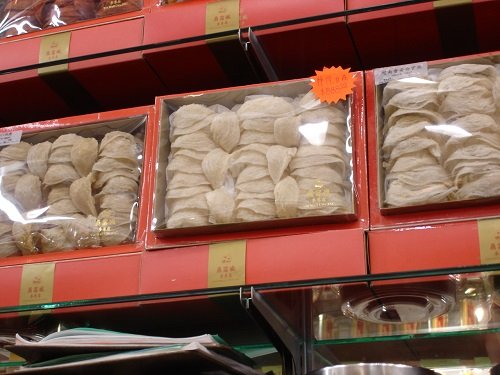
This box will set you back over $800 src
A lot of that has to do with the difficulty and risks that accompany the collection and cultivation of the nests.
In the wild, the swiftlets build their nests high up in the karsts. So, local villagers who have knowledge of how to do so are employed (for VERY little compensation) to shimmy up long bamboo polls and retrieve the nests.
This is a dangerous undertaking in and of itself and it doesn't always end well. Every year, hundreds of workers sustain injury from falls, and dozens lose their lives.
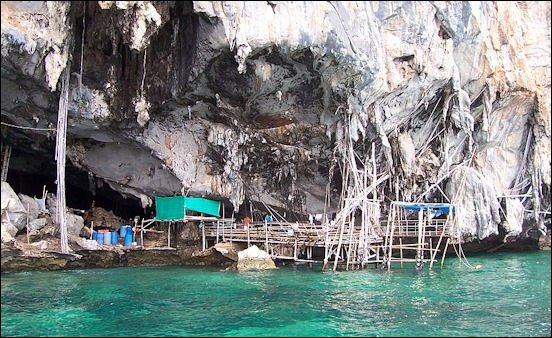
src
Because of the high profitability, the trade is often fiercely controlled and defended by ruthless mafia groups with political connections. There have be reports of death threats to foreign kayak operators in the area, as well as violence resulting in the death of local villagers accused of poaching in the territory.
Furthermore, high demand is having a devastating effect not only on the locals, but on the bird itself with one report claiming it "has resulted in marked declines in some populations of swiftlets and extinction of others"
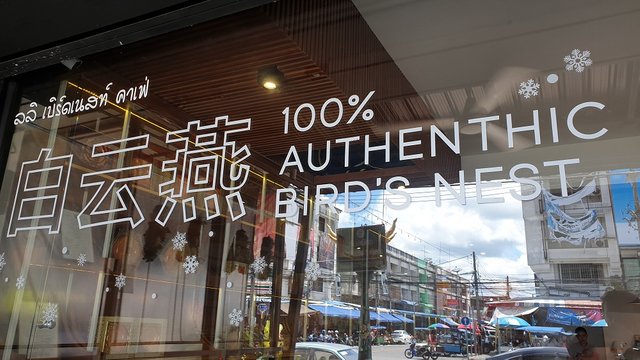
Bird's Nest Legality
Preparing Bird Nest for wholesale is a painstakingly time-consuming process. The nests are made with saliva, but tiny feathers and other corruptions are inevitable so each one must be purified by hand using miniature tools and a massive magnifying glass.
Because it is considered an animal product, exports are notoriously scrutinized. Because.. well.. H1N1
Another reason for that is traders, looking to speed up the purification process, often rely on chemicals to do the job rather than labor over each nest individually. It's gotten so bad that in 2011, "China banned imports owing to a scandal involving the sale of bird’s nests with high concentrations of nitrites, as well as lead and arsenic."
Not to mention that a whole market of "fake bird's nests" has sprouted up recently, hawking hastily constructed counterfeits that can sometimes even put the consumer at risk.
Additionally, any company wishing to remain above board, legally, must contend with the government officials that receive concessions and kick backs from some of the more underhanded operators. "The Thai government alone collects about $25 million a years from five companies that collects nests from 140 islands. "
Finally, by all reports, tariffs on the product are astronomical.
So yes, while there are some legit wholesalers who are willing do everything by the books, the stark majority of the trade operates illegally under corrupt government officials' protection.

src
The Verdict
There doesn't seem to be much of a debate in my mind. The negative consequences seem to far outweigh the positives, if any (the jury is still out on whether the soup does have any nutritional health benefits at all).
I would recommend not contributing the the destruction and decimation of a species that also puts human lives at risk.
Just don't buy it.
If you absolutely must have it, please do your part by demanding to see a certification of health for the product. Also check that it has been properly labeled with a Date of Manufacture and location of production. Most legit products will have QR codes on the box that can be scanned to reveal detailed information about it.
However, I still don't understand why anyone would want to gargle down a slimy bowl of avian spit, but that's just me..
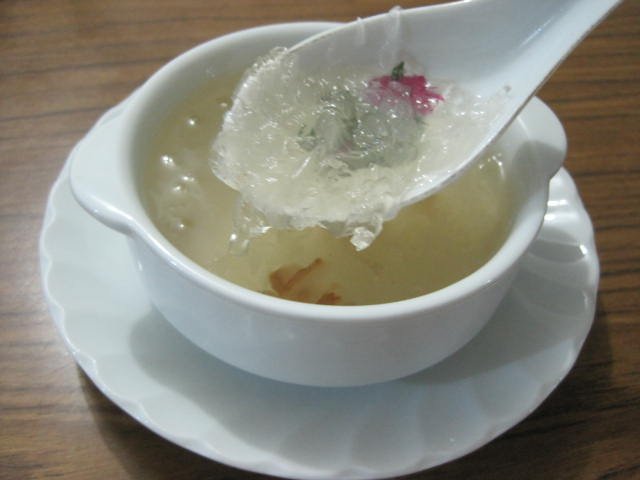
src
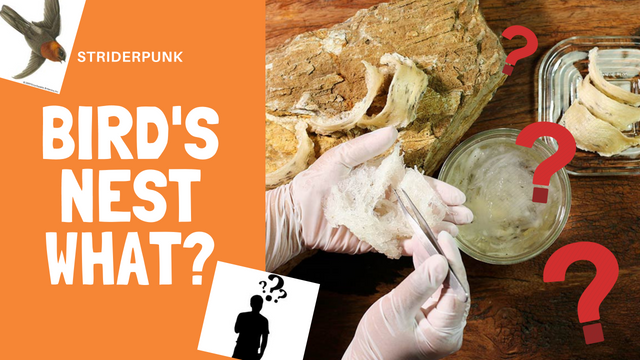

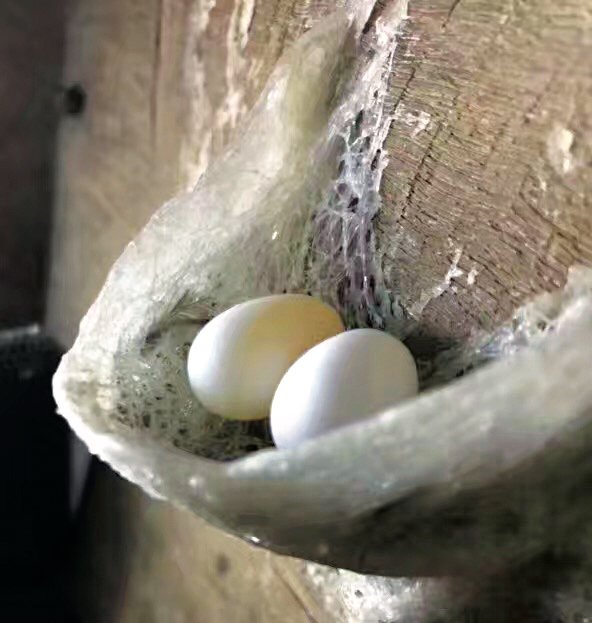
@striderpunk, thank you for supporting @steemitboard as a witness.
Click on the badge to view your Board of Honor.
Once again, thanks for your support!
Do not miss the last post from @steemitboard:
My pleasure!
Posted using Partiko Android
I've never had it despite living around it for many years. Isn't it crazy expensive?
Posted using Partiko Android
yeah it is, here's what they charge at the restaurant I was at: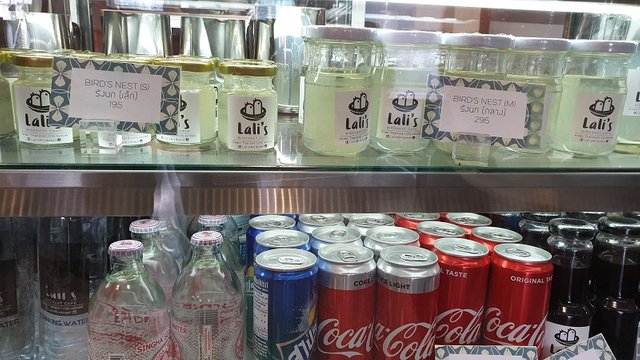
How is the taste?
I haven't tried it personally, but by all accounts its bland and gelatinous. Most people add some herbs and spices for flavoring, or add sweeteners and consume it as a dessert.
Posted using Partiko Android